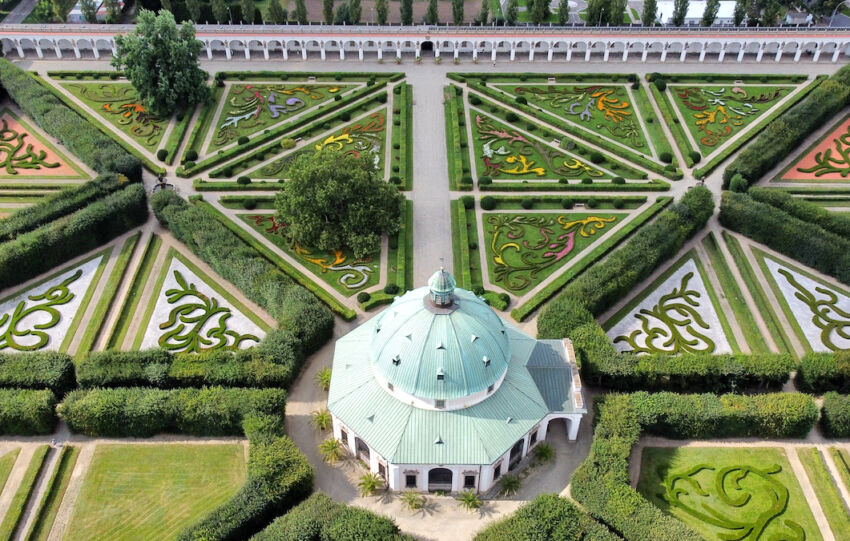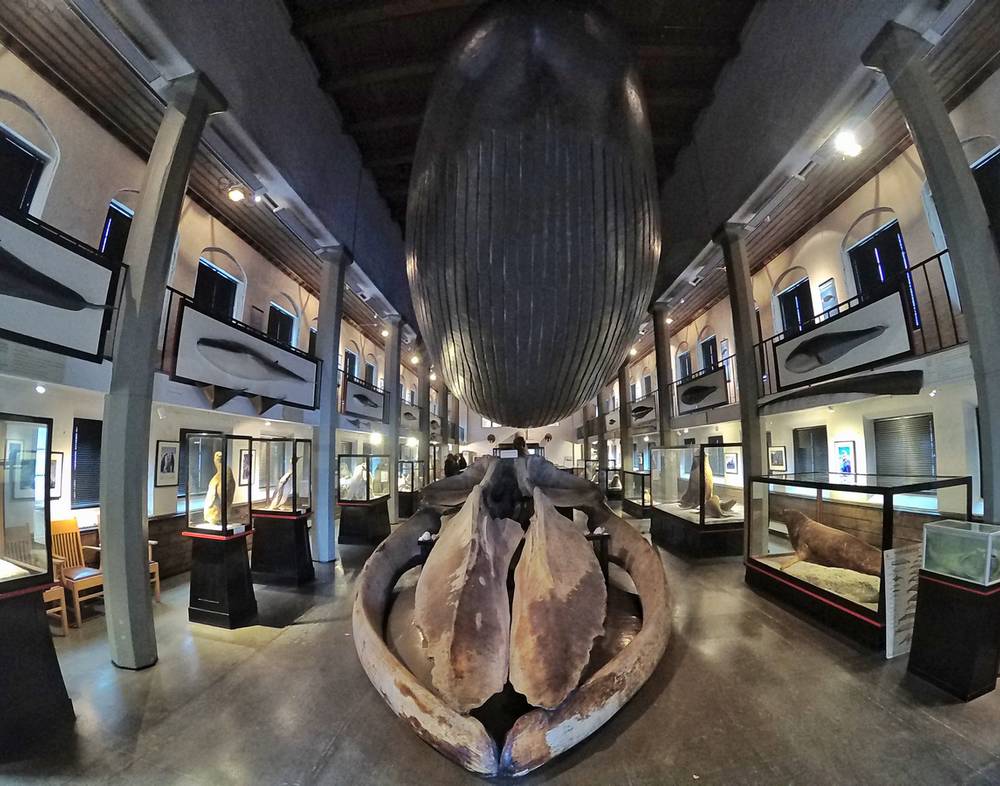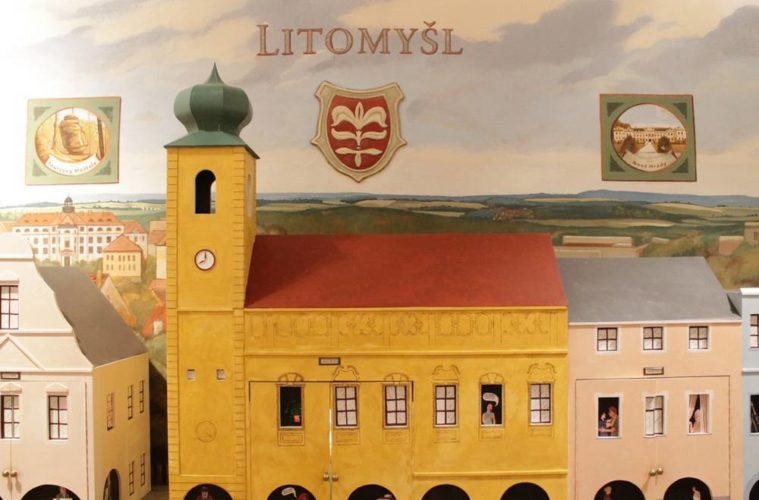Share This Article
Jewish cemeteries are often the last reminders of the communities that inhabited Polish cities and towns before World War II. In this case, the synagogue has also been preserved, but both the synagogue and the Jewish cemetery in Wodzisław are in poor condition and owe their continued existence to good people who want to commemorate their ancestors.
Location of the Jewish cemetery in Wodzisław
The Jewish cemetery in Wodzisław is located outside the city center. It is about a 15-minute walk from the Market Square (just over 1 km). It is located right next to the expressway number 7 (Kielce-Krakow), and the entrance gate is located near Legionów Street. Originally, the cemetery was located in the village of Świątniki.

Access and availability
The road that takes us to the Jewish cemetery in Wodzisław is not very used and in my opinion you can leave your car there. The area of the cemetery is fenced, and access to it is protected by a gate. During our visit, it was padlocked, but the fence has a lot of gaps through which you can enter the cemetery.
This place is rarely visited, a perfect proof of this is that during our stay roe deer walked around it, which came to eat grass through holes in the fence.
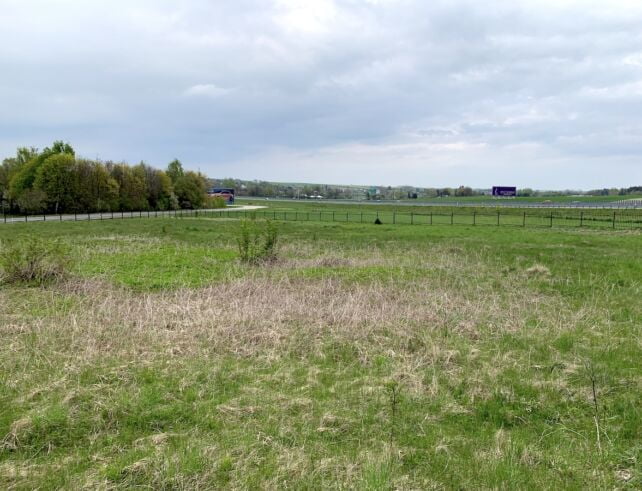
History of the Jewish community
The first records of Jewish settlement in this region come from the beginning of the 17th century (or the end of the 16th century). In the 17th century, Wodzisław was the second largest center of Jewish population in the Krakow Province. Jewish craftsmen and merchants were known and respected in the region.
Over the years, the number of Jews in Wodzisław changed, and the highest percentage was in 1933. Wodzisław was inhabited by 1,933 Jews at that time, which makes over 76% of the town’s population. In 1940, the Germans established a ghetto in Wodzisław, where over four thousand people were placed. Most of them were taken to the Treblinka camp, and some were killed in the town or in the cemetery.
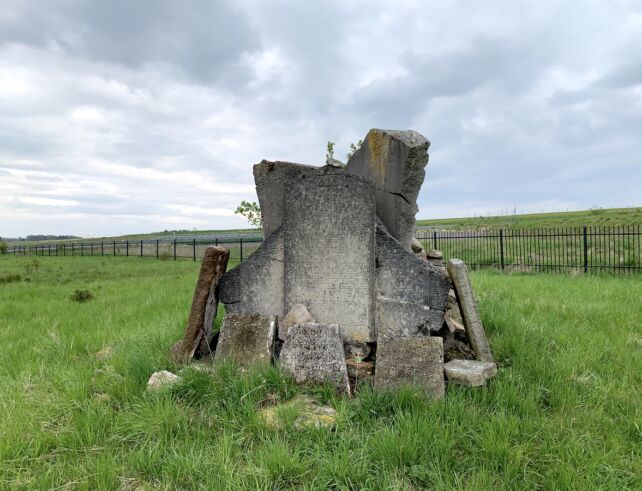
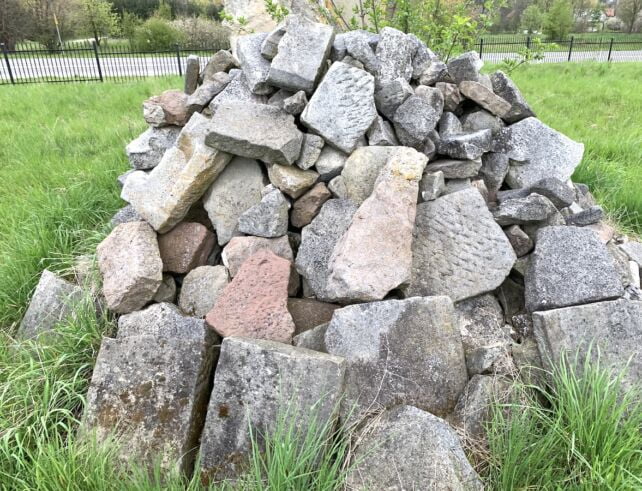
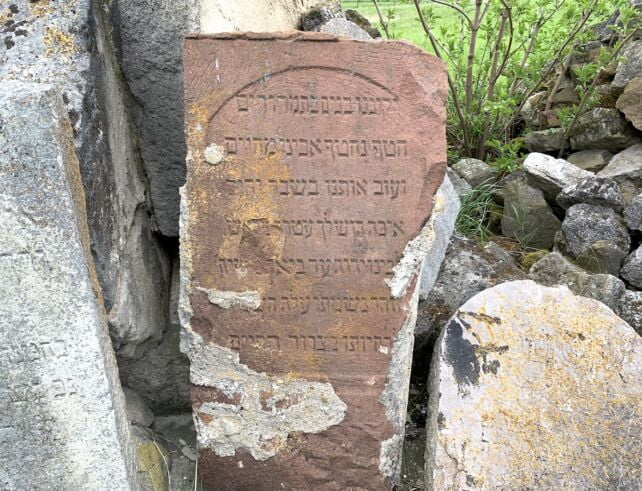
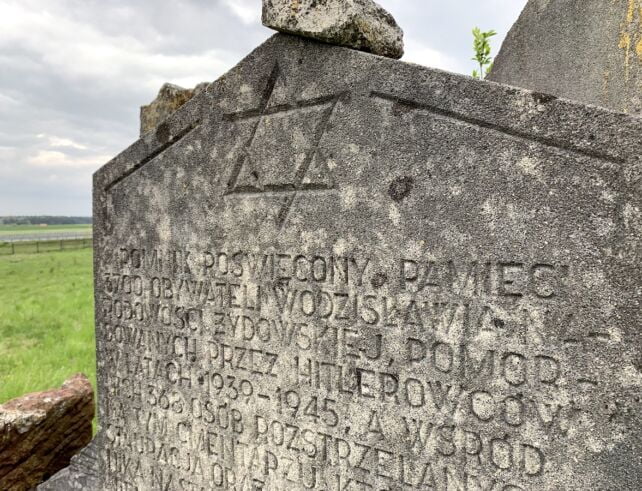
Jewish cemetery in Wodzisław – history and current state
The Jewish cemetery in Wodzisław was established in 1692 and originally occupied a much larger area than the one marked by today’s fence. This place witnessed many executions during World War II, when it was devastated, but the final destruction of the facility was mainly due to the construction of the road from Warsaw (Kielce) to Krakow, which ran perfectly through the middle of the cemetery. In 1988, the area of the cemetery (actually what was left of it) was fenced thanks to the efforts of the Nissenbaum Foundation.
Today, in the area of the former cemetery, you can see mainly grass and small shrubs. A large part of the matzevot and their fragments are arranged in one place in the form of a monument with a plaque commemorating 3,700 people from Wodzisław, murdered during World War II. However, not all of them became monuments. Walking around the cemetery, you will encounter fragments of matzevot with visible decorations in the grass or the bases of graves that once stood in these places. The inscriptions on them are in poor condition, as are the decorations.


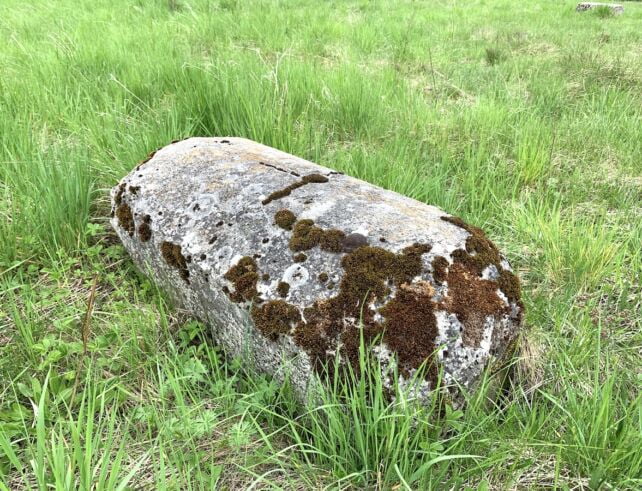
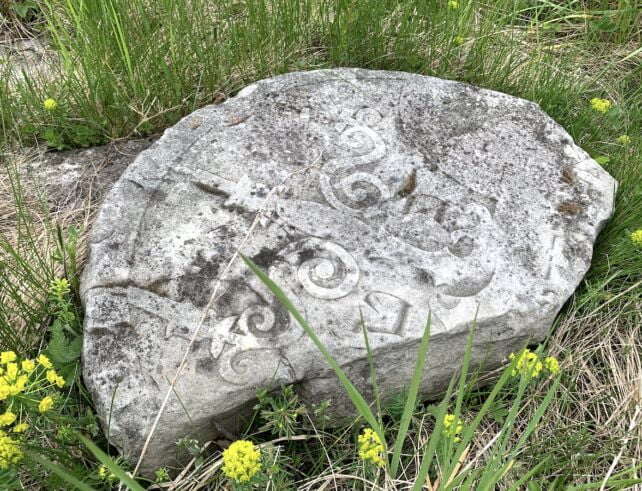

Synagogue in Wodzisław
The exact history of the building is not fully known, but there are two strongest versions, the first of which places its creation in 1620, and the second about a hundred years later. There is a possibility that the synagogue is located in a building that was previously a Calvinist church, but in 1620 it was turned into a Jewish synagogue.
Today, it is a building that is in danger of collapsing, and over the years it also served other functions, including a warehouse or a granary. Many people remember the times when it was still covered with a roof, but today there is no trace of it, and the building is unlikely to last long. This roof collapsed in 1987, and earlier attempts were made to organize a community center in the building, but without success
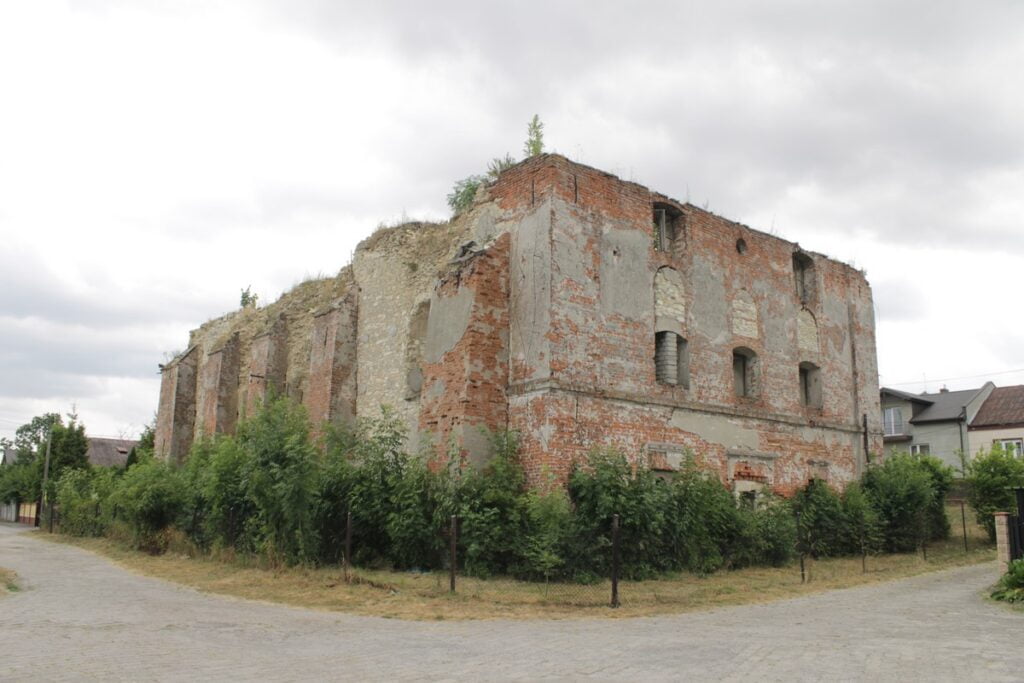
Worth a visit?
Wodzisław is a city that you must have passed by on the Kielce-Kraków route. It is a small town that we pass by bypass, often without even being aware of it. Both the Jewish cemetery and what remains of the synagogue are not in the best condition and they are definitely not the city’s landmarks, but everyone interested in the fate of Jewish communities in the region should visit these places.



